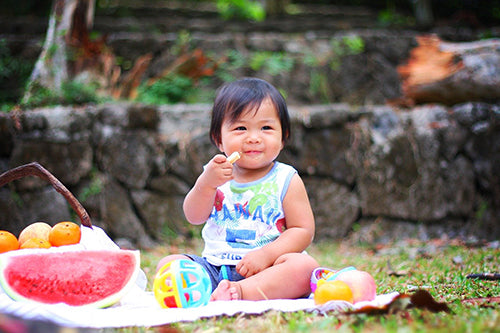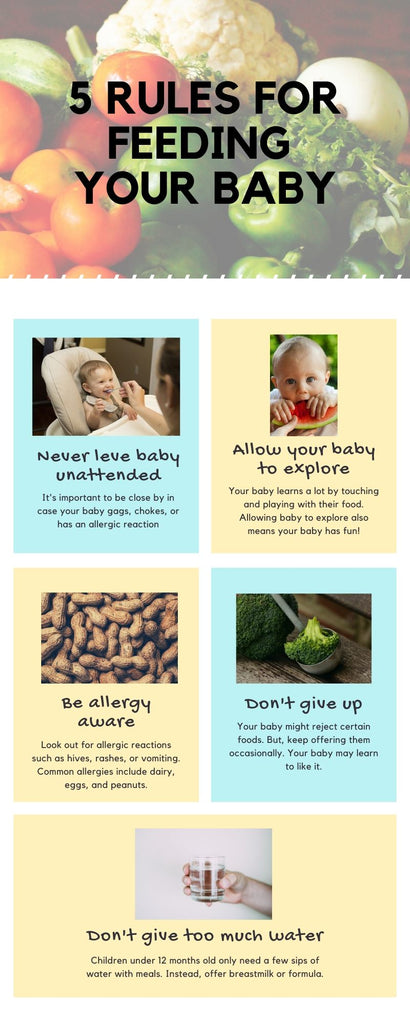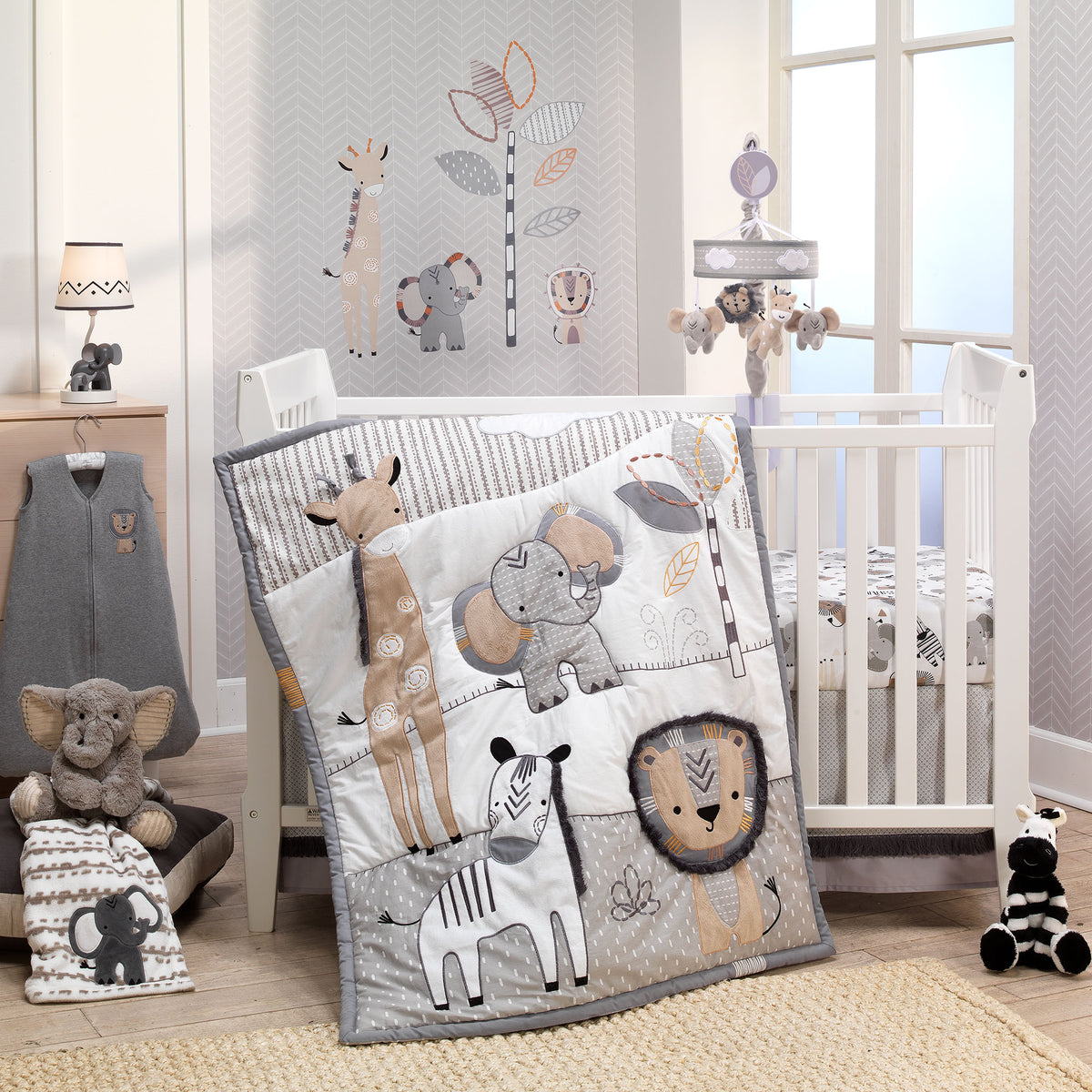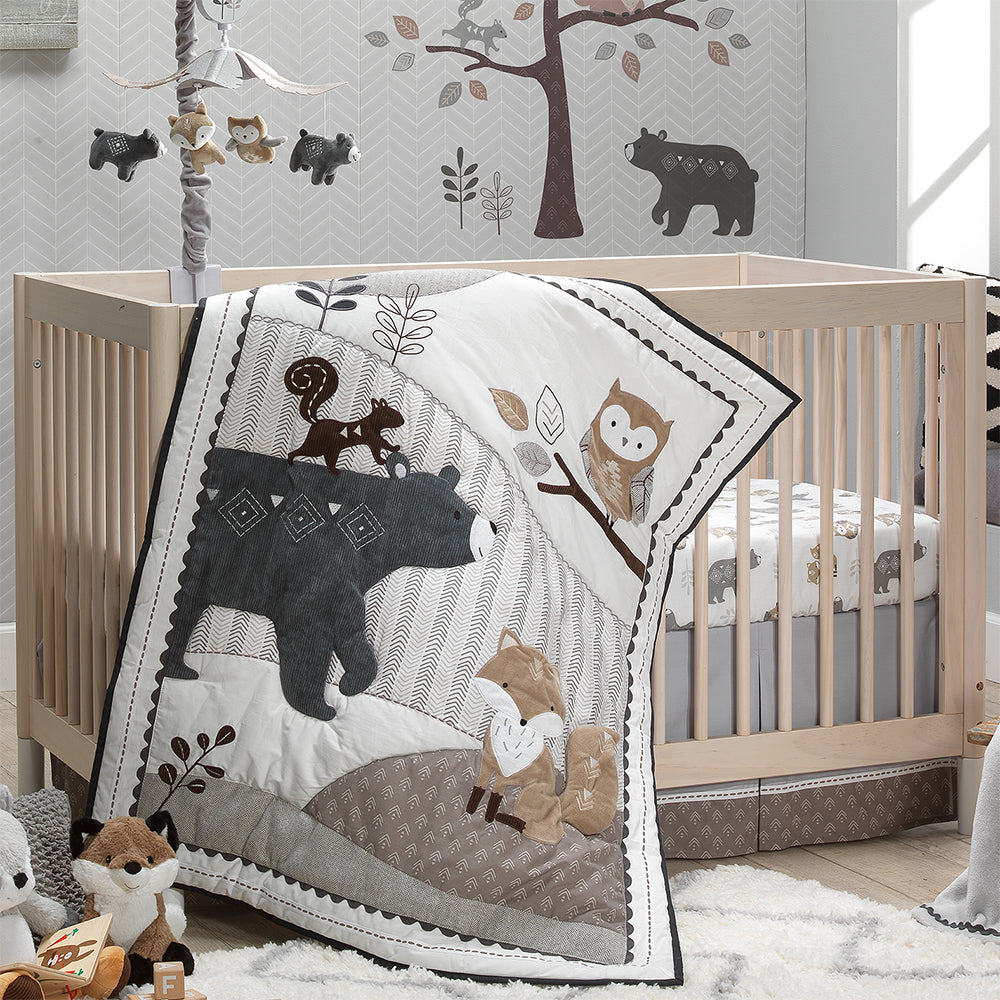
Your baby has been curiously watching you eat for months now. At six months, you’re excited to finally start feeding your baby some real foods!
In addition to excitement, you may also feel a bit worried. What if your baby chokes? What if they’re allergic to something? Is your baby really ready? Introducing solid foods, just like everything else in parenting, means that you’ll have to make some decisions.
Here’s what you need to know about how to introduce solid foods to your baby:
Look for the Signs
Your baby needs to be developmentally ready for eating. Otherwise, they’re at a higher risk for choking. So, make sure your baby can:
- Sit on their own without support
- Hold their head up
- Show interest in eating
For most babies, this happens around 6 months of age. At this point, you may have noticed your baby’s eyes follow your spoon to your mouth. Perhaps, they’ve even sat in your lap while you’re eating and tried to swipe something from your plate!
However, as with all milestones, all babies develop at slightly different rates. Your baby might be ready a little sooner or a little later. However, today, pediatricians generally recommend waiting until your baby is at least 6 months old to try food.
Signs that your baby isn’t ready is if your baby automatically pushes food out of her mouth. This is the tongue-thrust reflex, that eventually wears off around 6 months of age.
The Basics:
When introducing solids to your baby, there are some basic rules you should follow for best outcomes. They are:
Confirm with your pediatrician
It’s always a good idea to check with your pediatrician before starting any food or feeding program just to make sure the timing and foods are suitable for your child.
Never leave the baby alone while eating.
Babies are prone to gagging and choking when trying food for the first time. So, it’s important that you’re close by to help your baby if necessary. Most babies will occasionally cough or gag while learning to eat, which is normal. However, in the rare event that things get serious, it’s important that you’re nearby to help. Another problem that might affect your baby are allergies. This is another reason to stay close to your baby when they’re trying new foods.
Allow your baby to explore.
Relax and let your baby enjoy the sensations of food! Sure, they’re probably going to make a mess, but it’s worth it. Use a good bib, have your baby go shirtless, or simply change your baby after their meal. By allowing your baby to explore the textures and feelings of food, they’ll improve their fine motor skills and also see eating as a positive experience.
Be allergy aware.
Some babies have allergic reactions to food. Most allergies to food are mild and won’t require you to rush to the hospital. Some things you can look for include rashes, diaper rashes, hives, or even vomiting. If you’re not sure, you can always check with your doctor. Some common allergies include peanuts, dairy, and eggs.
Don’t Give Up.
Your baby might not always love the delicious food you prepare for them. But, don’t give up! If your baby doesn’t like one particular food, keep offering it to them occasionally. Eventually, your baby might grow a taste for the food. Also, if your baby generally stops showing interest in eating when you first try it out, you can also wait a week or two and then try again.
Don’t Give Too Much Water.
Before your baby reaches 12 months old, you should still give them breastmilk or formula as their main source of liquid. With meals, you can offer a few sips of water. However, keep in mind that babies are so small that the fluid balance is delicate. Too much water can be dangerous for babies. So, count on milk or formula as the main source of liquids.

Methods for Introducing Solids:
There are two main schools of thought for introducing solids to babies. They are quite different, however they both have great outcomes. The decision about which method to use is up to you and what feels most comfortable for your family. Here’s what you need to know:
Baby Led Weaning
This method basically consists of feeding your baby whatever the rest of the family is eating. There are only a few foods a baby shouldn’t have before reaching 12 months of age such as honey, undercooked foods, or unpasteurized foods. Otherwise, babies can try just about anything else that’s on the table. In general, you should avoid the hardest foods such as nuts or raw carrots. However, you can offer your baby softer foods to try on their own. In addition, you can smash table foods with a fork and offer them to your baby.
One New Food Each Week
A more traditional approach involves offering only one food at a time. First, you give the baby purees and very smooth foods such as pureed bananas or vegetables. In this approach, most parents introduce a new food after a week’s time. This way, it’s easier to identify allergic reactions for the baby. Eventually, parents begin incorporating table foods and begin to introduce other textures such as mashed foods or soft finger foods.
The main difference between these two approaches is that in baby led weaning, babies try different textures and types of foods all at once while in the traditional approach, new foods are limited. In addition, the texture of foods are controlled much more in the traditional approach.
For many parents, baby led weaning makes introducing food to their baby easier. Also, babies who learn to eat using baby led weaning also tend to enjoy different textures earlier than babies who are fed in a more traditional way. However, for other parents, the baby led weaning approach causes anxiety and they feel more comfortable with a more traditional approach.
With either approach, your goal should be to help your baby enjoy a varied diet with lots of different fruits, vegetables, grains, and protein sources. Also, the first few months of eating should be about having fun and exploring! Encourage your baby to have a positive experience with food and remember that until your baby is 12 months old, breastmilk or formula should also offer important nutritional value. So, don’t put pressure yourself or your baby and enjoy the process!




